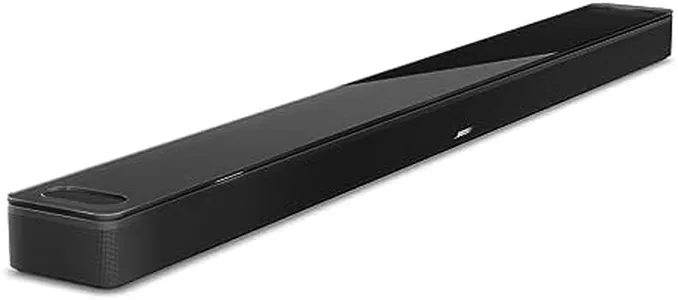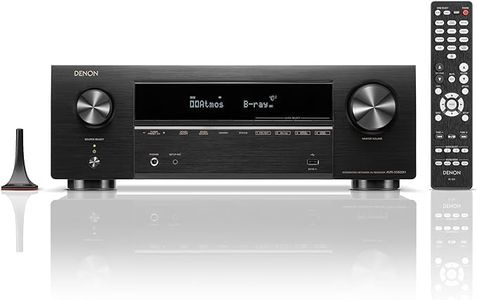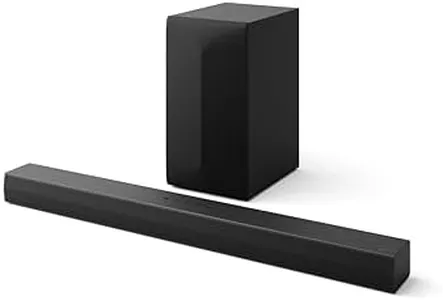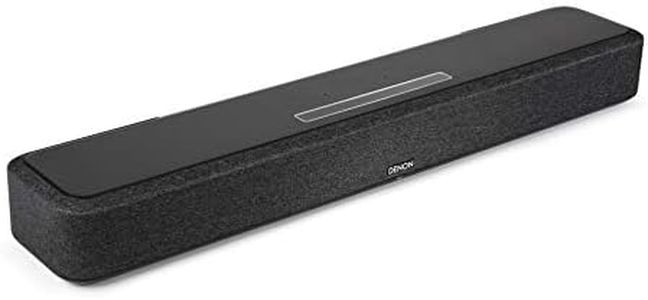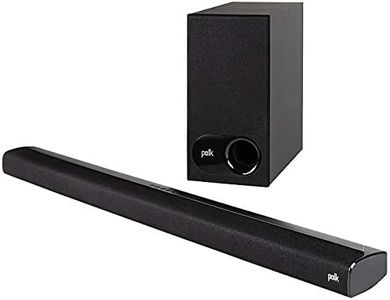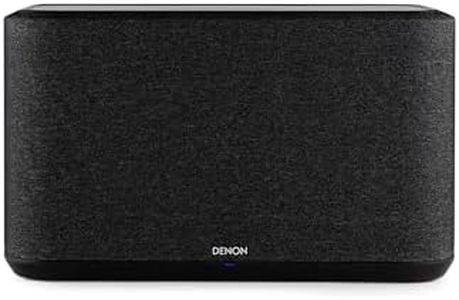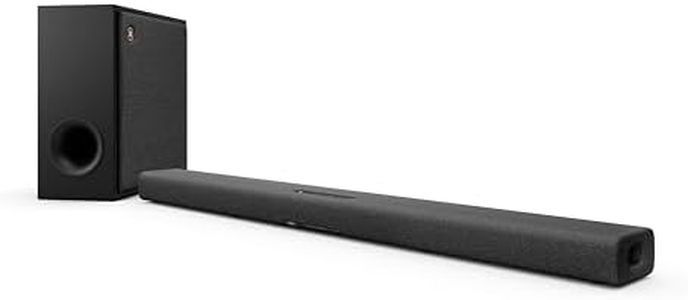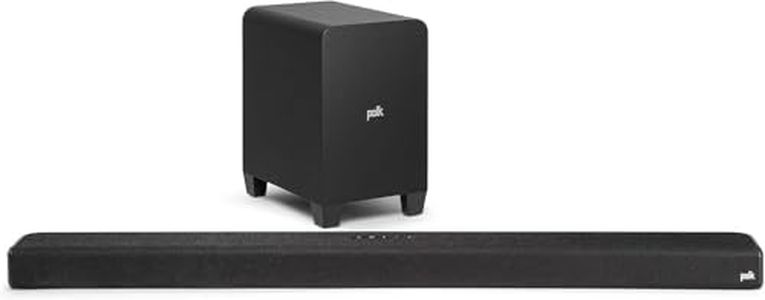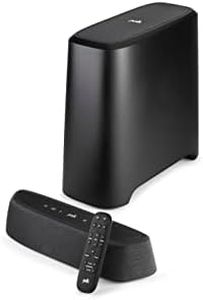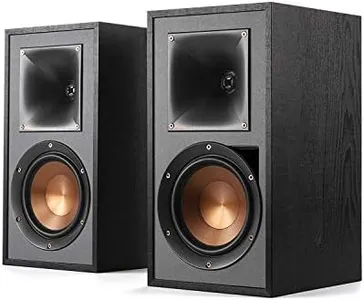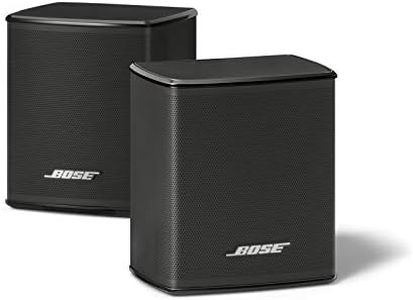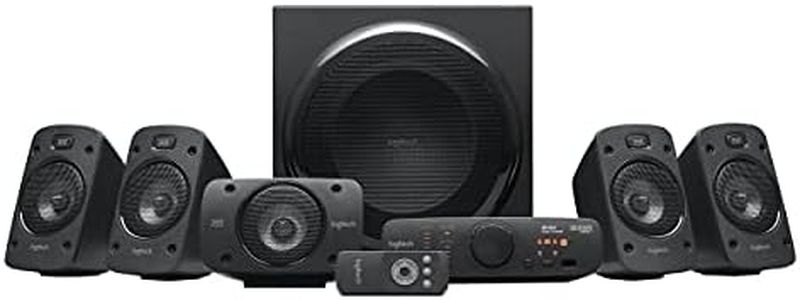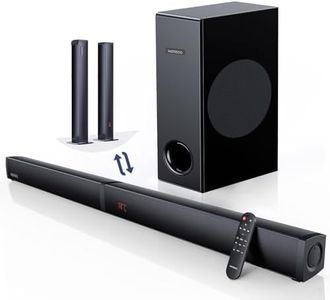We Use CookiesWe use cookies to enhance the security, performance,
functionality and for analytical and promotional activities. By continuing to browse this site you
are agreeing to our privacy policy
10 Best Wireless Home Theaters
From leading brands and best sellers available on the web.Buying Guide for the Best Wireless Home Theaters
Choosing a wireless home theater system can really elevate your movie nights, gaming sessions, and music listening at home. The idea is to create an immersive sound experience without the clutter of tangled wires and complex setup. To find the best system for you, it’s important to understand the main features and decide what matters most based on your room size, usage, and the devices you already own or plan to use.Number of Speakers/ChannelsThe number of speakers, often described by numbers like 2.1, 5.1, or 7.1, tells you how many separate sound sources and subwoofers are included. More channels usually mean more immersive surround sound as audio comes from more directions. A simple 2.1 setup (two speakers and a subwoofer) is great for small rooms or casual watching, while 5.1 or higher setups (five or more speakers and a subwoofer) better suit larger rooms and deeper immersion. Think about your room size and whether you want cinematic surround sound or simple stereo sound when you choose.
Wireless Connectivity TypeWireless home theaters often use different methods to connect speakers, such as Wi-Fi, Bluetooth, or dedicated wireless bands. Wi-Fi-based systems offer better range and sound quality but may require a stronger home network, while Bluetooth is easier to set up but can sometimes have audio lag or reduced quality. Some systems use proprietary wireless connections for minimal delay. If you want the best performance and have a solid home Wi-Fi, look for Wi-Fi or proprietary wireless; if simplicity is your goal or your internet isn’t strong, Bluetooth might be just fine.
Audio Formats SupportedAudio formats like Dolby Digital, DTS, and Dolby Atmos are sound technologies that add realism and dimension to what you hear. Basic formats are fine for regular TV and music, but if you want a theater-like effect where sound moves all around you, look for support for advanced formats like Dolby Atmos. Consider the content you plan to play (streaming services, Blu-rays, etc.)—if they offer these formats, having a system that supports them makes a huge difference in immersion.
Compatibility and InputsThis refers to what devices you can connect to the system and how. Some home theaters pair easily with smart TVs, gaming consoles, streaming boxes, or mobile devices, while others might be more limited. Check if the system supports HDMI ARC/eARC, optical, USB, or just wireless connections. If you plan to use multiple devices or want voice control from smart assistants, make sure the system can connect easily with what you own.
Room Calibration and Sound CustomizationSome wireless home theaters offer automatic room calibration, where they adjust their sound based on your room’s shape and furniture, making audio clearer and more balanced. Others allow manual tweaks like adjusting bass and treble. If your room has unusual acoustics or you care a lot about sound quality, this feature can make a noticeable difference. For casual use, it’s less critical, but for enthusiasts or tricky spaces, room calibration is a great bonus.
ExpandabilityExpandability means whether you can add more speakers or components later, such as extra surround speakers, subwoofers, or even soundbars. Some systems are closed and fixed, while others let you build and customize your ideal setup over time. This matters if you might upgrade your space or want to start small and expand later.
